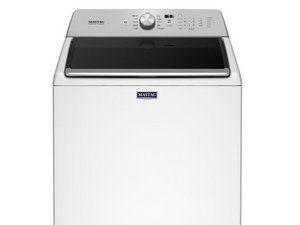Lid switch board has broken reed switch
After all of the helpful info on this site I downloaded the service manual, printed it up and worked through all the steps. Got weird values when testing per the manual but didn't get error indicator on control board so I dug a little deeper into the ridiculous latch/switch. I knew there is a magnet on the lid so there had to be a reed switch, using a magnifier I found it and saw it was cracked. It's tiny. Not sure if it's NO or NC or if there are polarity considerations etc... so I'll probably just buy a new switch. But if anyone has any experience replacing the reed switch I'd love to hear it.
Thanks to all who contribute here!
Es esta una buena pregunta?


 11
11  366
366  1.4mil
1.4mil